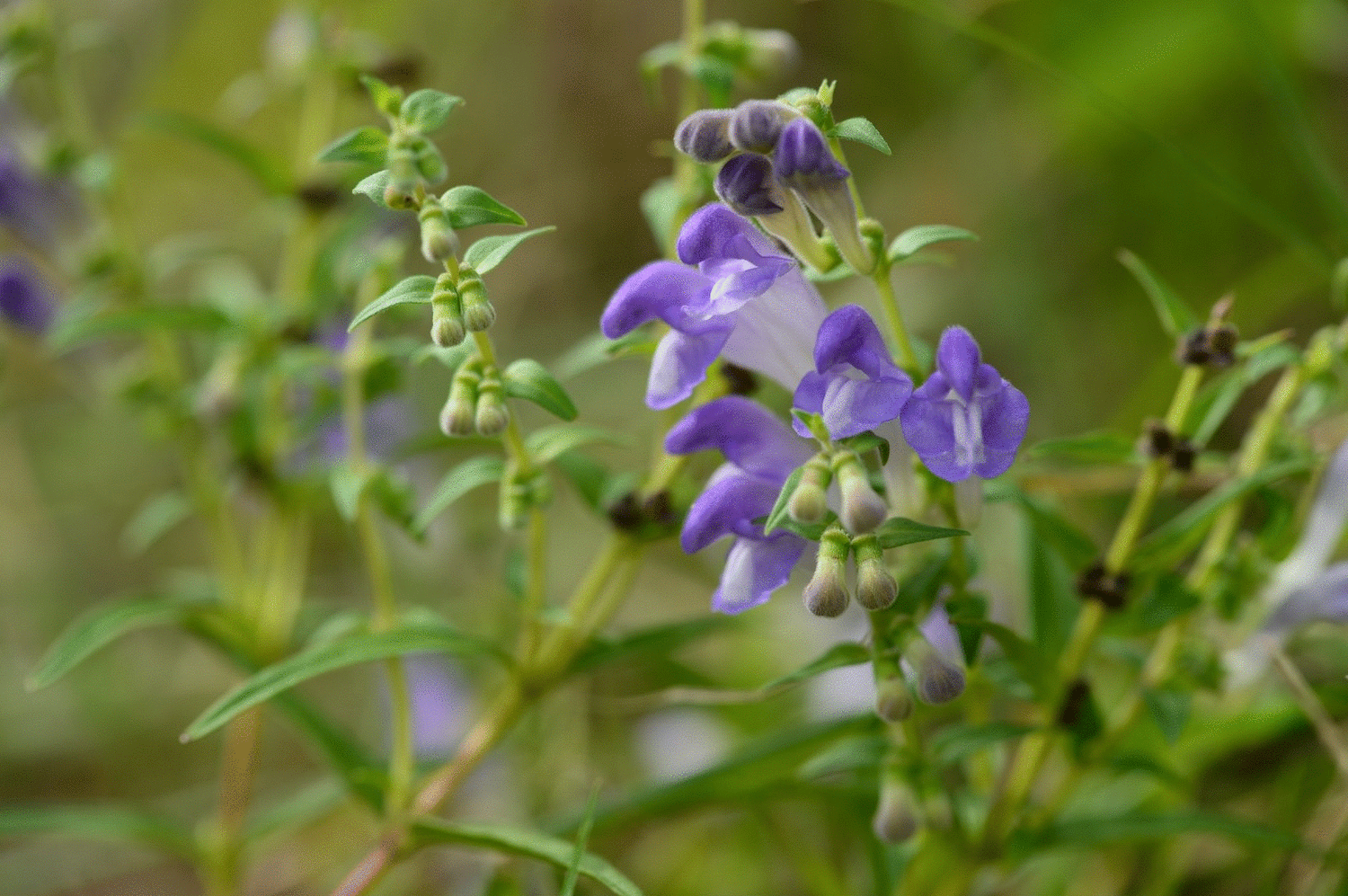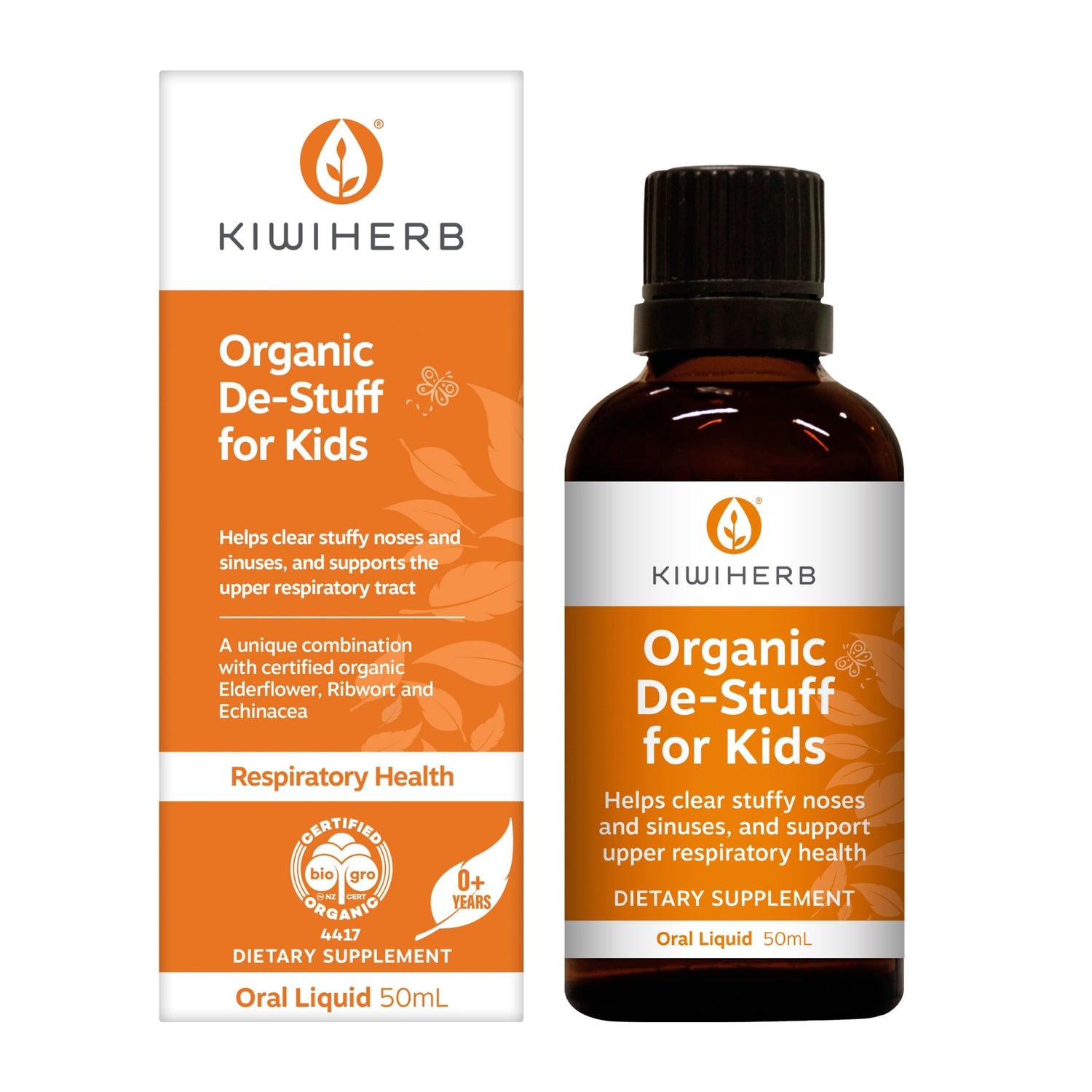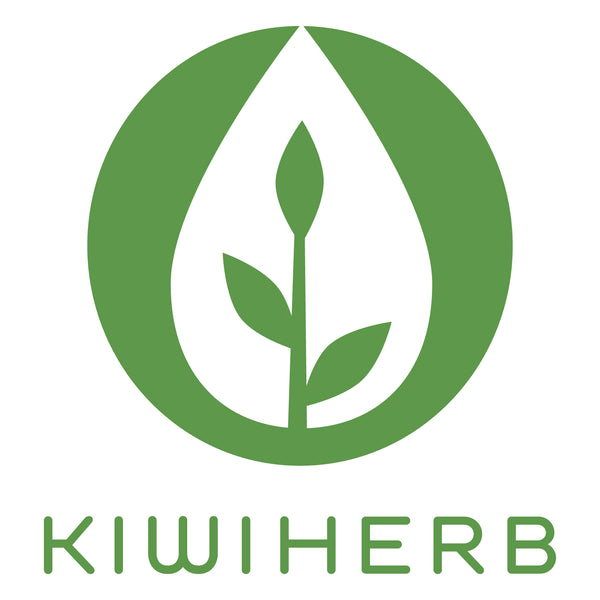- Home
- Herb Profiles
- Baical Skullcap
Baical Skullcap
This plant is widely used in Chinese medicine to treat inflammatory conditions. Indications include allergic conditions such as asthma, eczema, and hay-fever/allergic rhinitis.
It is also used in chronic inflammatory conditions, particularly autoimmune disorders and chronic infections.
Other indications include acute infections, high fevers, nausea, hepatitis, hypertension, and the prevention of atherosclerosis.
Traditionally, it was used to treat conditions including fever, respiratory infections, diarrhoea and liver disorders. Its reputation grew as a protective herb against epidemics and inflammation, earning it a respected place in both ancient and modern herbal traditions.

Botanical name: Scutellaria baicalensis
Common name: Baical Skullcap, Baical, Chinese Skullcap, Baikal Skullcap
Part used: Root
-
Baical skullcap, known as Huang Qin,has origins in Traditional Chinese Medicine (TCM), where it has been used for over 2,000 years.
-
In Chinese folklore, Huang Qin was believed to calm the ‘fire’ within the body and restore internal balance.
-
Has been shown to have anti-inflammatory activity, with anti-allergic and immune-modulating effects.
Frequently asked questions
What is the benefit of Baical skullcap?
The most notable benefits of the Baical skullcap are related to the immune system, allergy symptoms and reducing mast cell and histamine activity. Baical skullcap has been clinically shown to balance the ratio between Th1 and Th2 immune cells, proving benefit in reducing the risk of allergies and autoimmune disease development. Additionally, it possesses antioxidant and anti-inflammatory properties, which protect cells from oxidative stress and support overall health. Some studies also suggest potential neuroprotective effects, making it a promising herbal remedy for cognitive function and mood regulation. Its traditional use in Chinese medicine further supports its therapeutic potential.
Which part of Baical Skullcap has the highest concentration of active constituents?
The root of Baical skullcap contains the highest concentration of active constituents, particularly flavonoids baicalin, baicalein and wogonin. These compounds are responsible for the majority of Baical skullcaps medicinal properties. The root is the part used in herbal teas and liquid extracts. While the aerial parts do containa few active constituents, they are less concentrated and do not contain the source of the plant’s therapeutic benefits.
What are the active constituents in Baical skullcap?
Flavonoids (baicalin and wogonin).
- Baicalin is the most abundant and well-researched constituent in Baical skullcap. It is known for its antioxidant, anti-inflammatory, anti-cancer and anti-bacterial properties. It displays additional benefit for the liver, due to its hepatoprotective activity.
- Wogonin exerts anti-inflammatory and antioxidant properties, by modulating inflammatory enzyme activation and neutralising free radicals. Proving beneficial for treating chronic inflammatory and autoimmune conditions. Clinical studies have outlined wogonin’s anti-tumour properties, as it strongly induces programmed cell death of various cancer cells.
Is Baical skullcap poisonous?
Baical skullcap is safe for oral use, within the recommended dosage range. For adults, it is not recommended to exceed a daily dose of 8.5mL of a 1:2 liquid Baical skullcap extract.
Always follow dosage recommendations and consult with a naturopath or medical herbalist if using other medications or herbal products.
Who should not take Chinese skullcap?
Baical skullcap is not recommended during the first trimester of pregnancy.
In TCM, Baikal skullcap is classified as a cold and bitter herb, used to clear heat and dry dampness.
It is not recommended for people with ‘cold conditions’, such as Yang deficiency or internal cold.
Its cold nature can weaken digestion, worsen fatigue, and aggravate symptoms including cold extremities or loose stools.
Is Blue skullcap the same as Baical skullcap?
Despite the similarity in name, these are two very different plants. Blue skullcap, also known as Skullcap, has Scutellaria lateriflora as its botanical name, whereas Baical skullcap’s botanical name is Scutellaria baicalensis.
Both herbs belong to the mint(Lamiaceae)family and while they share some overlapping uses, they serve distinct functions in herbal medicine. Baical skullcap works closely with the immune system, offering benefits for inflammation, allergies and immune modulation.
Conversely, Blue skullcap works closely with the nervous system, traditionally used to support relaxation, relieve anxiety and ease nervous tension.
What does baicalin do for the body?
Baicalin is one of the active flavonoid compounds found in Baical skullcap. It has been scientifically studied for its potent anti-inflammatory, antioxidant, anti-viral and immune modulating activity.
This is beneficial for many conditions, as chronic inflammation is involved in the development of countless diseases.
Including cardiovascular diseases, autoimmune disorders and neurodegenerative conditions.
The antioxidant activity of baicalin helps the body neutralise reactive oxidative species (ROS) that are produced secondary to inflammation, and immune and allergic responses.
By reducing oxidative stress, baicalin supports cellular health and longevity. It has also been used to successfully treat acute and chronichepatitis, showing measurable improvements in symptoms, liver enzyme levels and overall liver function.
Is Baical skullcap good for allergies?
Yes, Baical skullcap is revered by herbalists for its anti-allergy properties.
It reduces allergic symptoms by preventing mast cells from releasing histamine in excess. When histamine levels are too high, allergic symptoms such as sneezing, itchy and watery eyes and nasal congestion begin to appear.
Baical skullcap is a beneficial herb for allergies because it reduces overreactive histamine release.
Its regulatory effect on the immune system also helps address underlying imbalances that contribute to hypersensitive responses.
What is the strongest natural antihistamine?
Baical skullcap is one of the strongest natural antihistamines available to us. This is because it blocks messages sent to H1 histamine receptors, the same receptors targeted by pharmaceutical antihistamines.
By interrupting these signals, Baical skullcap slows histamine release and reduces messages sent to inflammatory and allergy receptors.
This can significantly reduce the intensity and frequency of allergic symptoms without the potential sedative effects associated with conventional antihistamines.
How do you grow Baical skullcap?
To grow Baical skullcap (Scutellaria baicalensis) in New Zealand, it is important to choose a sunny location with light and well-draining soil.
Avoid overly wet or heavy soils to prevent root rot.
It is recommended to sow seeds in early spring, either indoors or directly into the garden after the last frost.
To improve germination, you can cold stratify the seeds by wrapping them in a moist paper towel and placing them in the fridge for 2-4 weeks. Once established, the plant is hardy and drought-tolerant, forming clumps of low-growing foliage and producing purple flowers in summer.Allow 2–3 years for the roots to mature before harvesting, as they are the primary medicinal part.
When is the best time to plant Baical skullcap?
In New Zealand, the best time to plant Baical skullcap outdoors is in early to mid-spring, after the danger of frost has passed.
If starting from seed, sow indoors in late winter and transplant seedlings once the soil has warmed.
Seeds may benefit from cold stratification to improve germination. Planting in spring allows the plants to establish during the growing season and develop strong roots before winter.
When is the best time to harvest Baical skullcap?
In New Zealand, the best time to harvest Baical skullcap is in early autumn, when the plant is around 2 to 3 years old and the roots have fully matured.
This is when the concentration of active compounds like baicalin and wogonin are at their highest.
It is best to harvest on a dry day, after the foliage begins to die back, to ensure optimal potency and ease of root extraction.
Where can I buy Chinese Skullcap plants?
In New Zealand, you can buy a Baical skullcap plant from Kahikatea Farm Certified Organic Nursery and Permaculture Farm.
Alternatively, you can source Baical skullcap seeds from the Kōanga Institute.
References
Chmiel, M., & Stompor, M. (2023). Promising role of the scutellaria baicalensis root hydroxyflavone–baicalein in the prevention and treatment of human diseases. International Journal of Molecular Sciences, 24(5), 4732–4732. https://doi.org/10.3390/ijms24054732
Dilip Kumar Chanchal, Singh, K., Bhushan, B., Jitendra Singh Chaudhary, Kumar, S., Ajit Kumar Varma, Agnihotri, N., & Garg, A. (2023). An updated review of Chinese skullcap (Scutellaria baicalensis): Emphasis on phytochemical constituents and pharmacological attributes. Pharmacological Research - Modern Chinese Medicine, 9, 100326–100326. https://doi.org/10.1016/j.prmcm.2023.100326
Huynh, D. L., Ngau, T. H., Nguyen, N. H., Tran, G.-B., & Nguyen, C. T. (2020). Potential therapeutic and pharmacological effects of wogonin: An updated review. Molecular Biology Reports, 47(12), 9779–9789. https://doi.org/10.1007/s11033-020-05972-9
Jung, S. Y., Lee, S.-Y., Choi, D. W., See, H.-J., Kwon, D.-A., Do, J.-R., Shon, D.-H., & Shin, H. S. (2017). Skullcap (Scutellaria baicalensis) hexane fraction inhibits the permeation of ovalbumin and regulates Th1/2 immune responses. Nutrients, 9(11), 1184. https://doi.org/10.3390/nu9111184
Marciano, M., & Vizniak, N. A. (2020). Evidence informed botanical medicine. Professional Health Systems.
Sowndhararajan, K., Deepa, P., Kim, M., Park, S., & Kim, S. (2018). Neuroprotective and cognitive enhancement potentials of baicalin: A review. Brain Sciences, 8(6), 104. https://doi.org/10.3390/brainsci8060104

